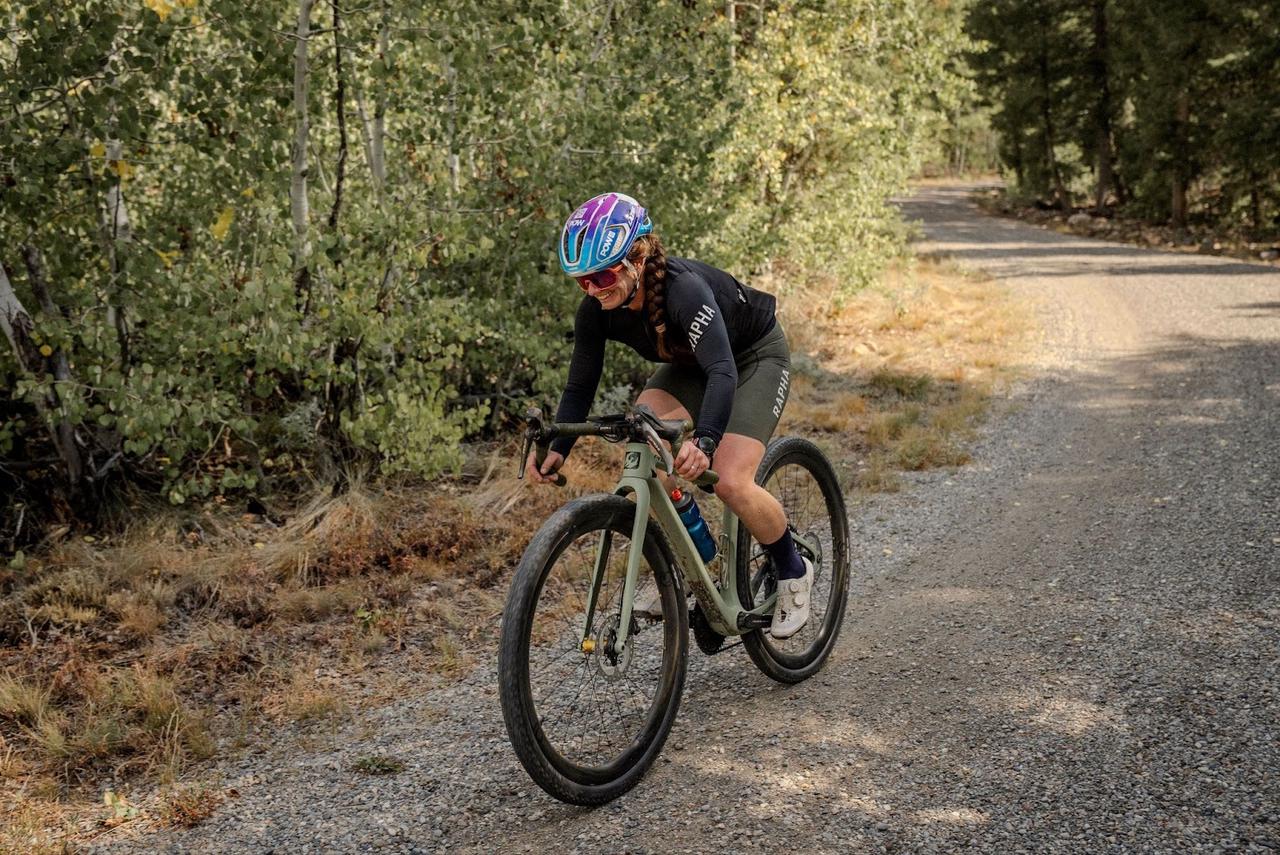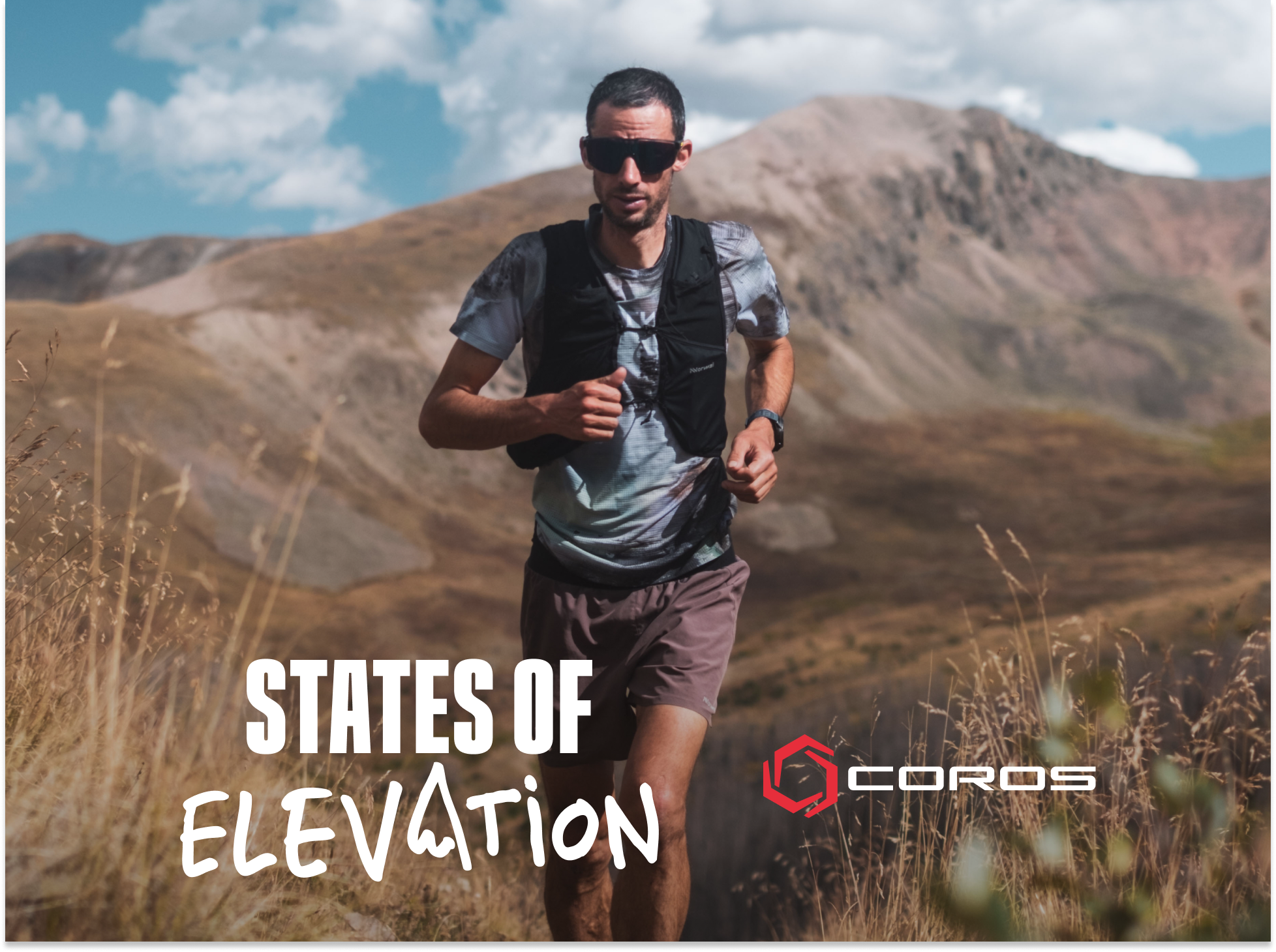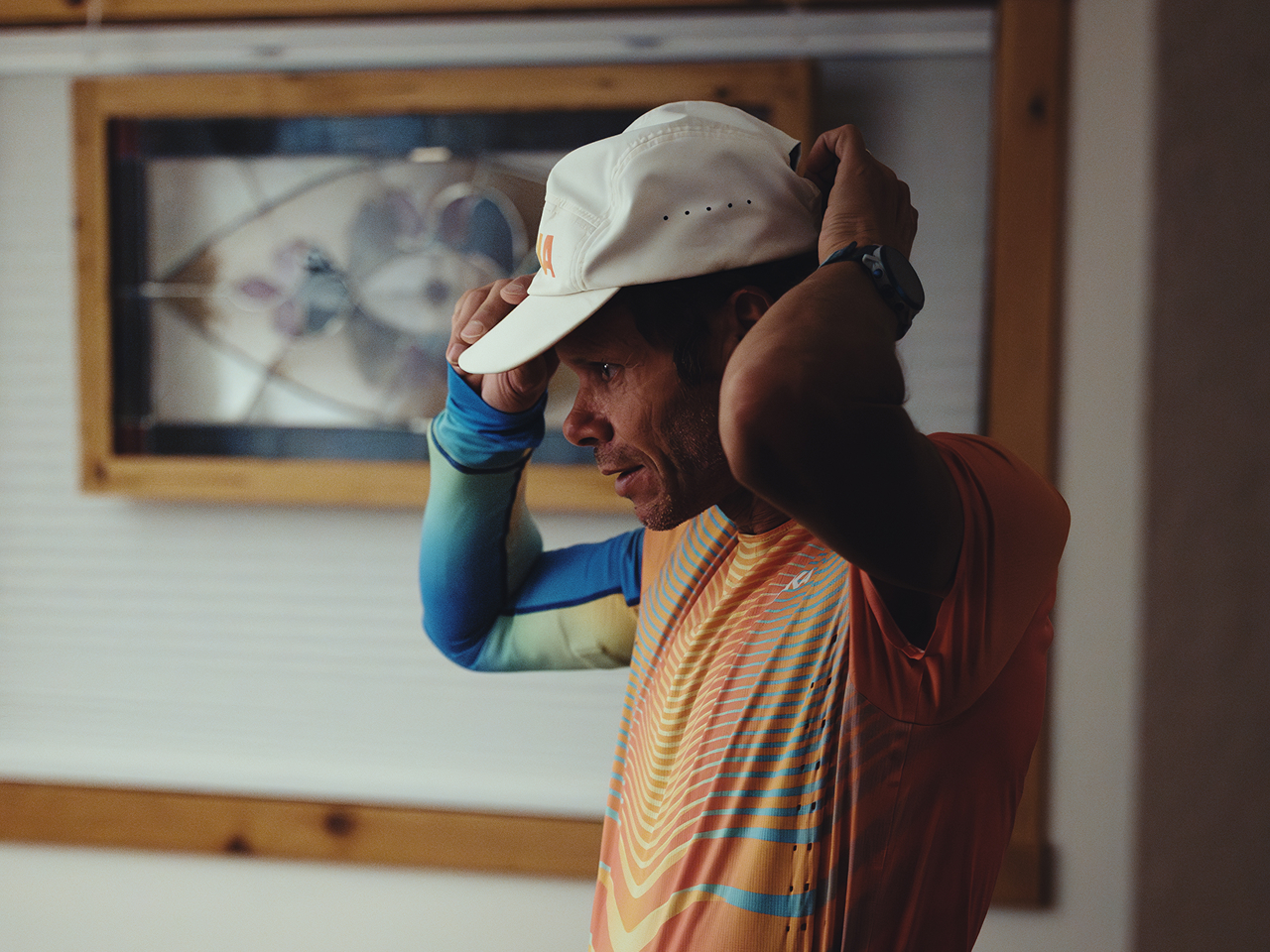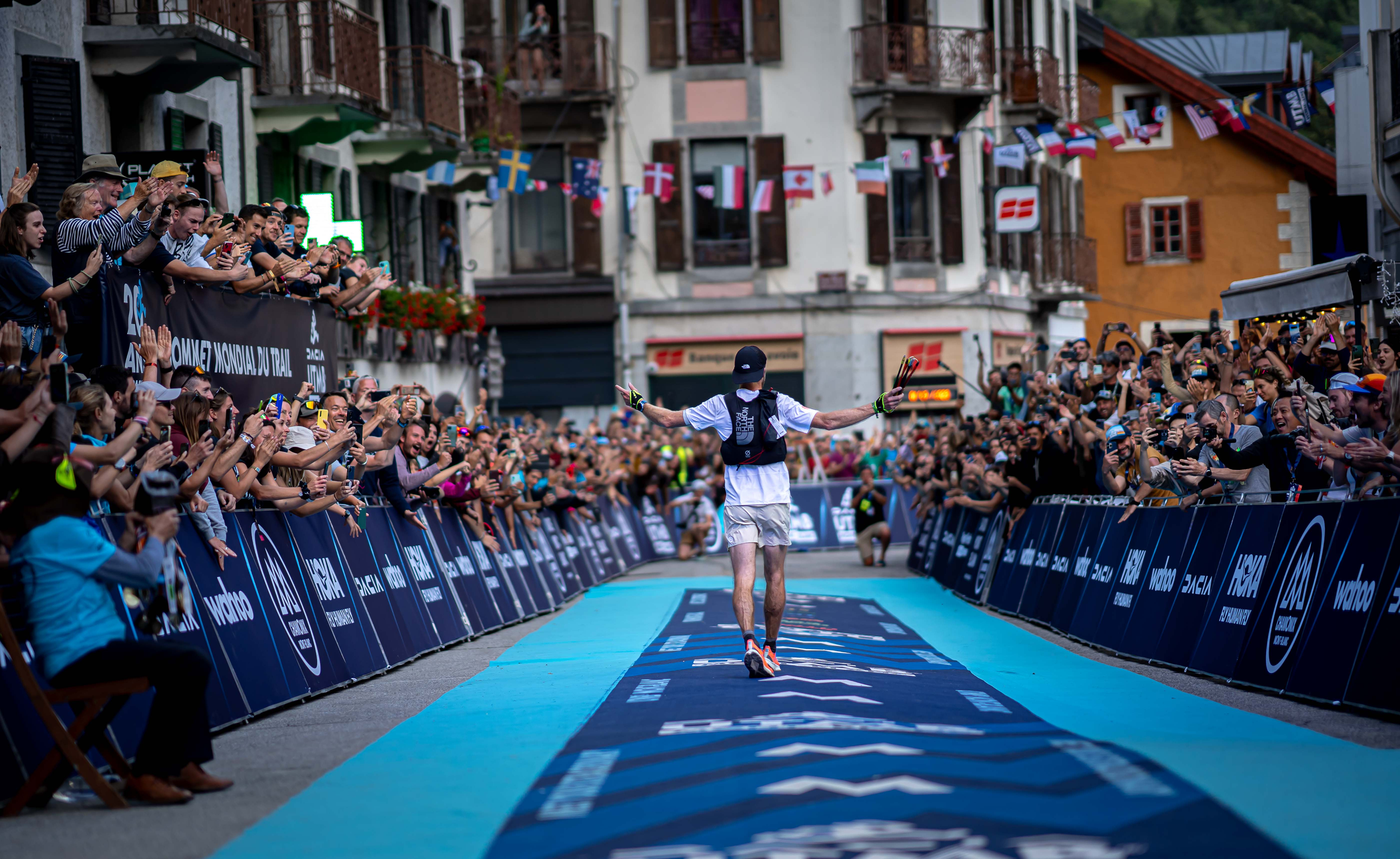While you may know Matt James from his time as "The Bachelor", you may not know that he comes from a serious athletic background highlighted by his time as an NCAA Division I Football player at Wake Forest University. Whether Matt focused on strength training, football, or other athletic endeavors, he has always prioritized sports and enjoyed pushing his limits to see what is possible.
Having moved into endurance space with a 2019 Chicago Marathon time of 4:45:32, Matt quickly caught the running bug and has since run multiple marathons headlined by finishes at NYC and Boston over the past two years. Now, to break the 3-hour barrier at NYC 2023, Matt has partnered with coach Julia Lucas and tracked all of his training and racing data via his COROS APEX 2 PRO.
With the help of his coach and performance technology, Matt successfully executed a strong negative split performance at the San Francisco Half Marathon on July 23rd, 2023. Often a concept heard by many amateurs, negative splitting generally results in athletes running to their potential. Below are tips and tricks from Matt on how you can achieve your best results through a negative split!

Gameplan
As part of any successful gameplan, it must be designed based on best practices. Knowing Matt wants to break 3 hours this fall at the New York City Marathon, it requires patience in your approach and the ability to finish strong those last 6 miles. Wanting to treat the San Francisco Half Marathon as a training run, Matt's coach Julia sent him a text a few days prior with some pointers.
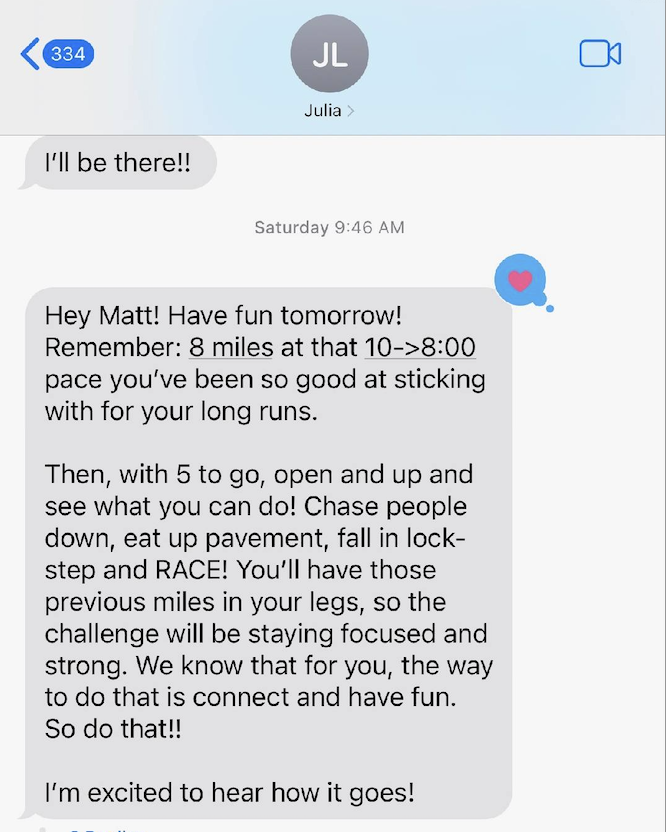
To best design your negative split approach, you first need to understand your pacing zones to dial in your goals. Matt performs all his workouts with his COROS watch, which provides him and his coach data within the COROS Training Hub. As seen below, Matt's Aerobic Endurance zone sits firmly in the 8:00-10:00/mile goal Julia gave him. He could run at this pace for a long time before fatiguing.
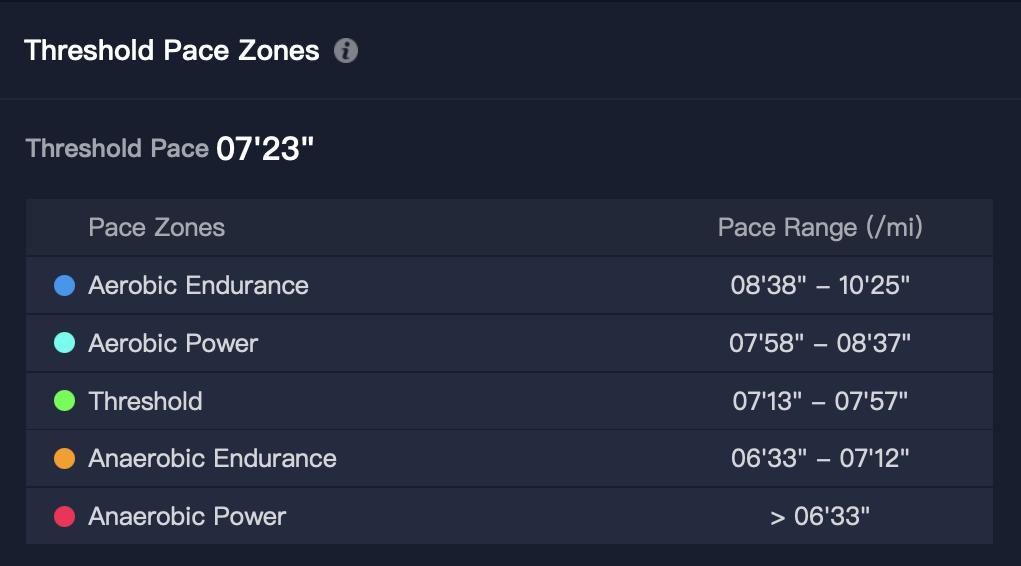
With 5 miles of freedom near the end of his race, Matt was given the all-clear to push his limits. Based on his pace zones above, You would expect Matt to settle in between 6:33 and 7:57, as his body can sustain these levels for the final 30-40 minutes of the race. As a tip for any runner who wants to negative split their next race, be sure to know your paces and how they affect your body. Start near your Aerobic Endurance, Aerobic Power zones, and then aim to increase your intensity as you move throughout the course. It's only when athletes start too fast that they fade late in a race and often underperform.
Pacing
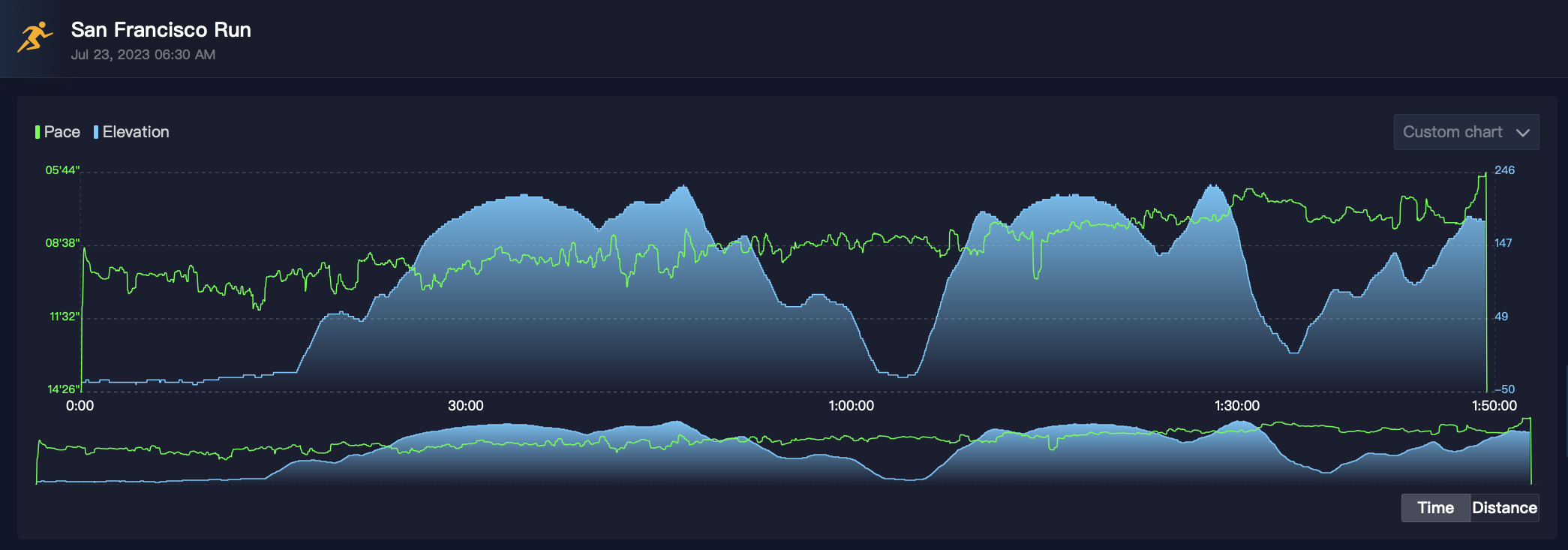
I'm sure many athletes can appreciate the sentiments of Matt James regarding his first mile: "The first mile is always my fastest, never my slowest, not how you should race a race." Often, athletes go out far too fast for their abilities. Due to race day adrenaline and energy, it's almost impossible to dial it back. "I looked at my watch 1/4 mile in and was going 9:00/mile pace...I knew I had to dial it back to 10:00/mile. Everyone was passing me, but I felt great...Without my watch, there is no way I could have stayed within my parameters."
The next tip to note regarding your negative split is that you must understand the course terrain. For the San Francisco half, it's an exceptionally hilly road course with three major climbs. COROS launched a new metric last year (Effort Pace), which shows your adjusted pace based on the course gradient along with your historical heart rate data. When you start to use Effort Pace, you can dial in your negative split even better, regardless of the terrain. The data below was Matt James around the 8-mile marker when he began to build his pace. Even though his actual pace was 8:43/mile, his Effort Pace was 6:12/mile.

For this section, he was pushing well above his VO2 max, but if you only had pace on your watch, you may feel like you're running slow. Given the context of the data above, it's always fun to see how it plays out in real life. "I was at an 8:30 pace, but if you look at my effort pace, it's like 6:00/mile. Thank goodness I had conserved energy because going up this hill was the best I’ve ever felt because of how I paced the first 7 miles. It's such a good feeling running uphill strong when everyone else is walking."
Race Day Splits
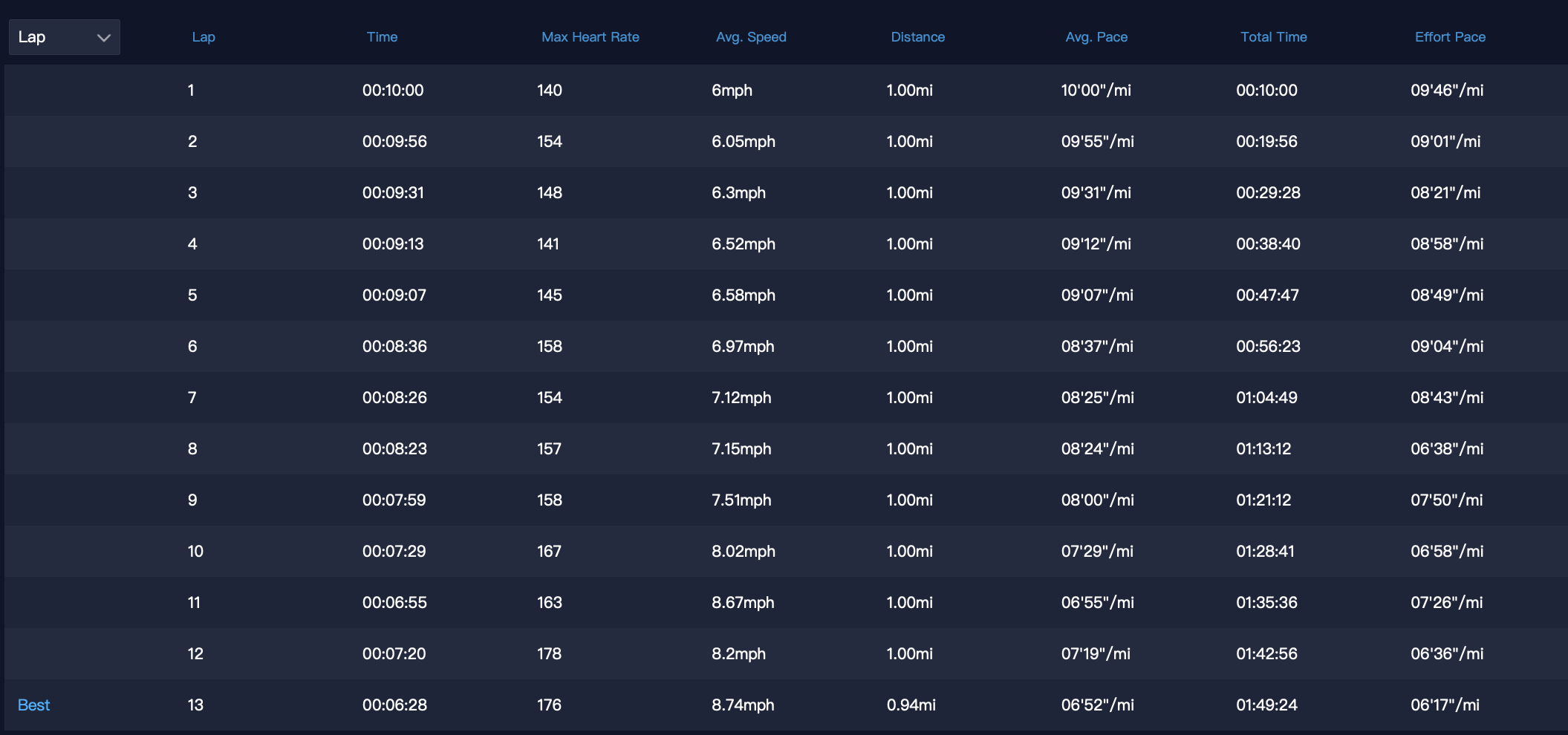
The goal of a negative split is to perform at your best towards the end of the race. When you conserve energy early, you can maximize the final key sections of the race. Looking at Matt's data, you can see his best actual mile was his last! With one of the largest goals of the day being to build his confidence in the later portions of a race, it's no surprise this negative split tactic worked wonders. "It was so liberating to have a gameplan to attack a race and follow a coach's guidance. At the end of the race is where I usually fall apart, but having this strategy allowed me to maximize the last portion of my race, which is a huge confidence builder going into my fall season.”
Maximize Your Next Race
For any athlete looking to negative split their next event, it's important to have the tools necessary to maximize your game plan. With the guidance of Coach Julia and Matt's training data heading into San Francisco, they were able to create a gameplan based on his current fitness and achieve the goals they had set out for. While not all runners may be able to work with a private coach, COROS offers a complete solution of products, software, and our COROS Coaches (free) service that allows you to collect all of your data and gain training insights and race day strategies. For coaching guidance, COROS athletes can email coach@coros.com with their training/race questions, and our team of certified staff will reply to you based on your own data/training results. If you've been looking to take your training to the next level and want to achieve your best results, check out COROS and let us guide you to your goals as you head out the door and explore perfection.

/filters:quality(90)/fit-in/970x750/coros-web-faq/upload/images/7c19f7e14a73c2ca91394ef40c74bc97.png)
